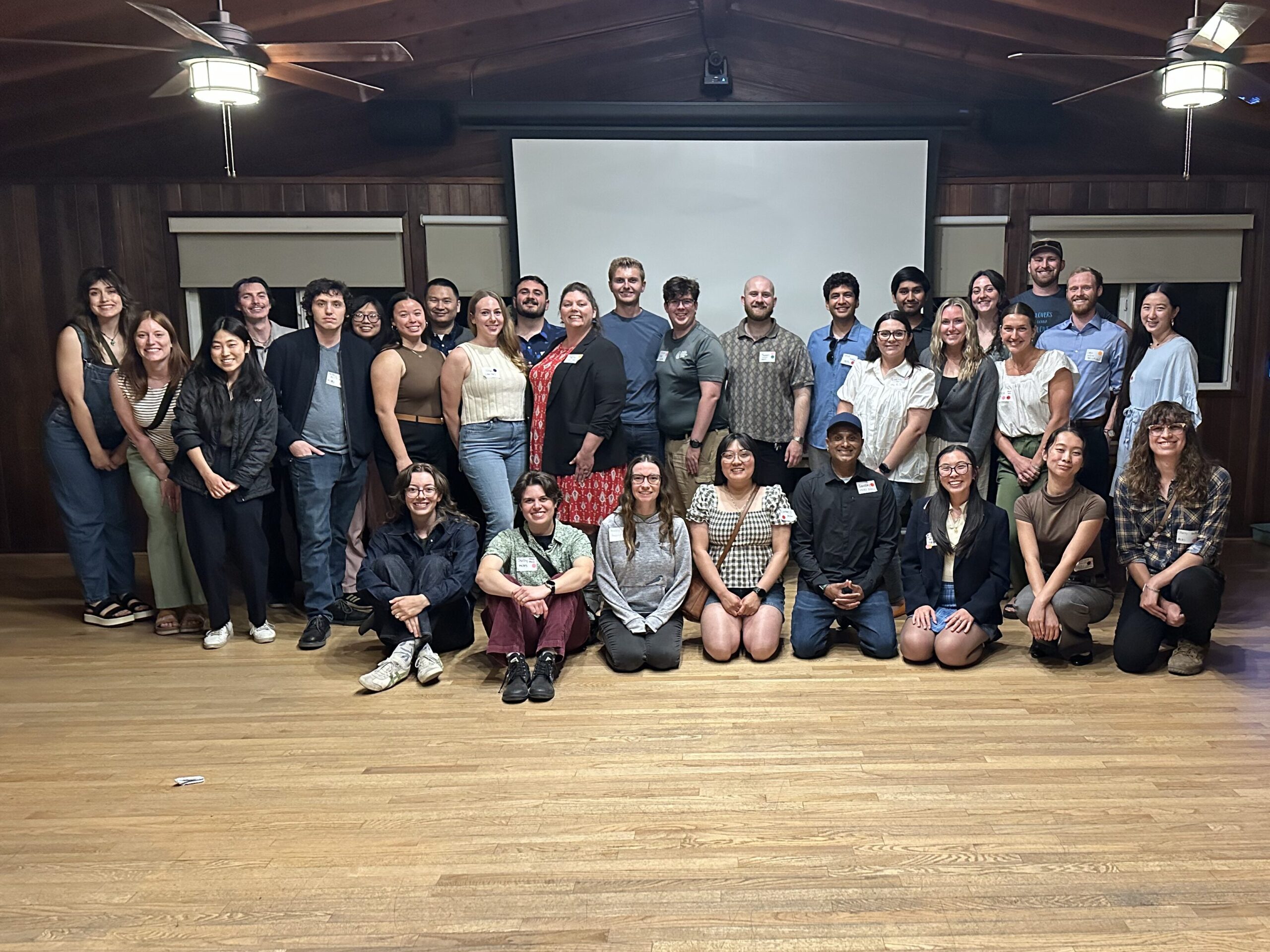Student Blog: My Beach by Sabrina Medina
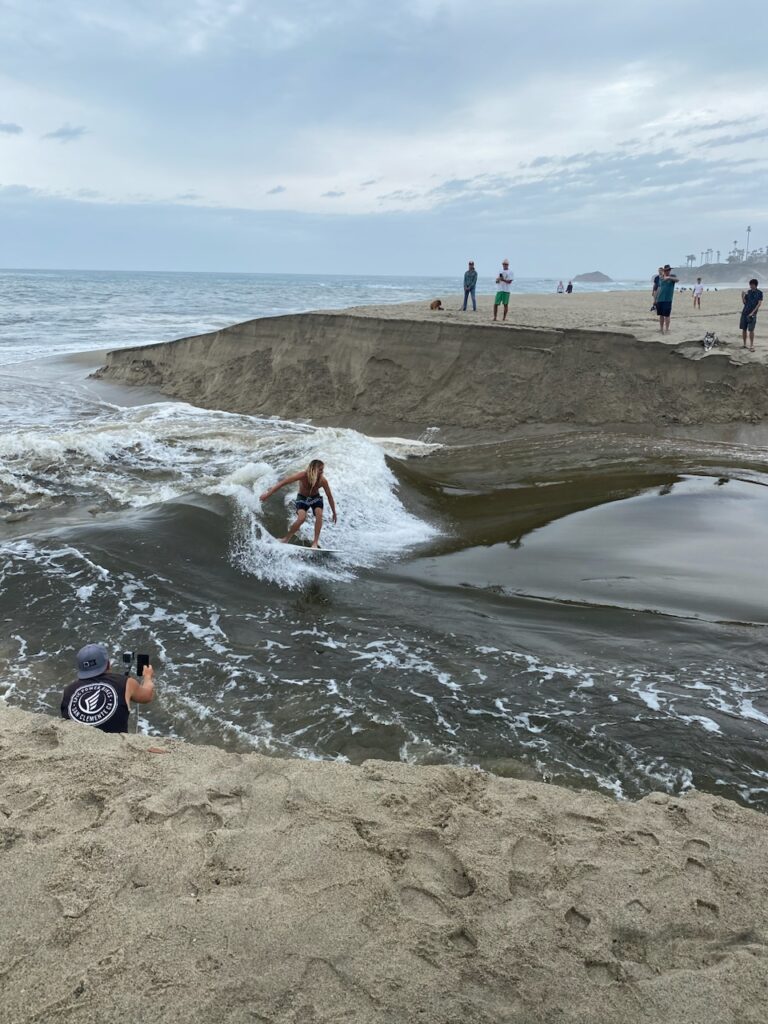
When I was young, I would go to the beach and watch the surfers and skimboarders ride the waves of Laguna. I wasn’t much of a surfer, but I was fascinated with the marine life found at my feet. After many hours spent at the tidepools, I felt a sense of ownership over these tiny pools filled with life. Eventually, those same beaches I grew up on were the same ones I was working to protect. In what felt like a serendipitous selection of experiences, I found myself running the Aliso Beach Wildlife-Habitat Monitoring Program in Laguna Beach. I was excited to give back to the community that sent me down the path of marine conservation. While the project aimed to protect critical habitat within Laguna Beach’s Marine Protected Area (MPA), the main focus was preventing artificial breaching.
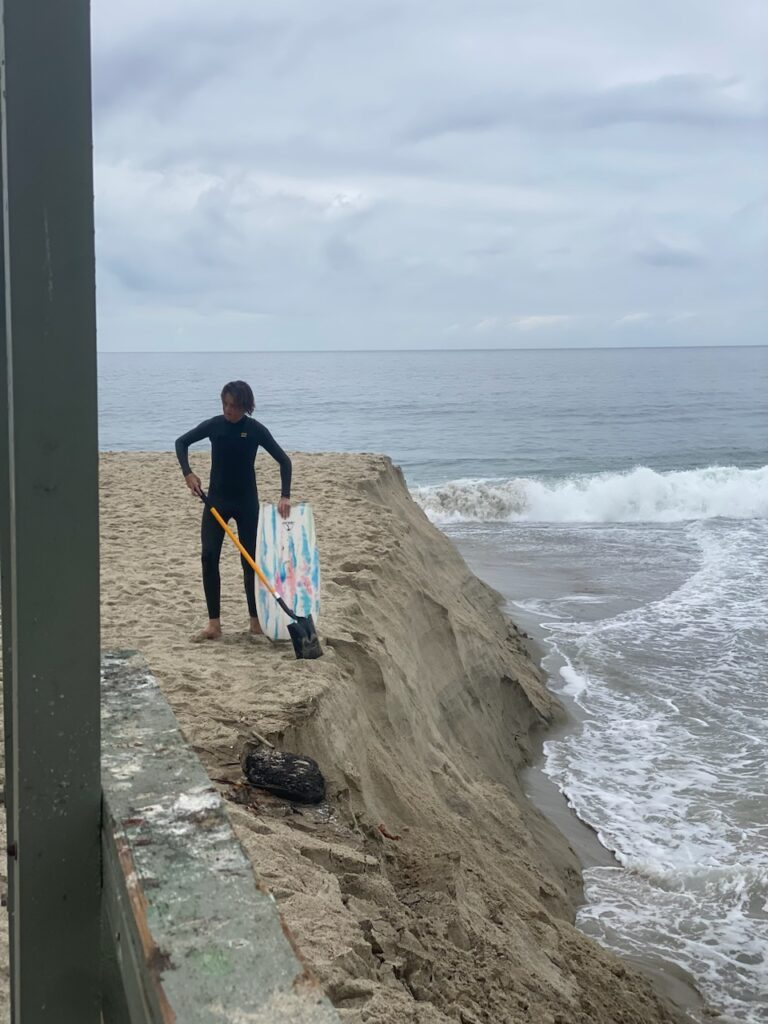
Aliso Creek is an open/closed estuary with the mouth of the creek periodically closed to the ocean via a wave-built sand berm. While the berm is naturally opened to the ocean during seasonal or tidal anomalies, artificial breaching creates a standing wave popular for skimboarding. The first time I saw it, it was spectacular! Skimboarders waited their turn to surf the creek while a frenzy of awe-filled bystanders holding their phones recorded every moment. However, just 40 minutes from breaching, the entire creek that stretches 30 miles to the foothills of the Santa Ana Mountains was entirely drained. Although it is illegal to breach the berm, the creek has a history of being dug out, resulting in environmental and human impacts. I couldn’t understand how the disruption of a critical estuary was so seemingly disregarded. As a scientist, I knew that 2.5 million gallons of water carrying sediment, urban runoff, and debris were dumped directly into the MPA, resulting in extensive human health impacts. I knew Aliso Creek is a critical habitat for the endemic and endangered Southern Tidewater Goby, only found in Southern California coastal estuaries. I knew artificial breaching would cause erosion, preventing safe beach access and putting coastal communities at risk – but looking around at the cheering crowd, I was the only one. I found myself in the middle of a long and sensitive history at Aliso Berm, and I quickly realized this issue would be challenging to communicate for a few reasons: 1. The result of breaching the berm was a community spectacle – a show put on by the best boarders. 2. My message was a minority in the sea of videos that popularized the behavior on social media. 3. The sport of skimboarding was born on the shoreline of Aliso Beach – this was their beach.

I became a familiar face at the beach. There was an unspoken tension between me – the scientist with a clipboard observing the lack of enforcement – and the skimboarders, who were just trying to have fun. Once again, after many hours collecting data and educating beach go-ers at the berm, I quickly grew a new sense of ownership. So the day a group of young skimboarders came down to the berm ready with shovels, I was ready to protect my beach. I stood from a distance as I called to report the behavior to marine safety. The group knew who made the call and asked why I cared so much; after all, they were just trying to have fun. I was prepared to take advantage of the educational opportunity. The first thing they asked was where did you grow up? Only when they confirmed I, too, grew up on these beaches did we listen to each other. This issue was about ownership. I finally understood that Aliso’s value isn’t just about conserving natural resources. I needed to acknowledge that Aliso Beach was rooted in surf culture too. So I shifted my messaging; the sport of skimboarding was born as a result of Aliso’s shore break, so protecting the berm protects the morphology of the break that makes Aliso Beach legendary for skimboarding. While I hope my message was received that day, those kids taught me something much more important: shifting cultural perception of the creek is preserving the history and inviting the community to create a legacy rooted in protecting all of Aliso – not their beach or my beach, but our beach.
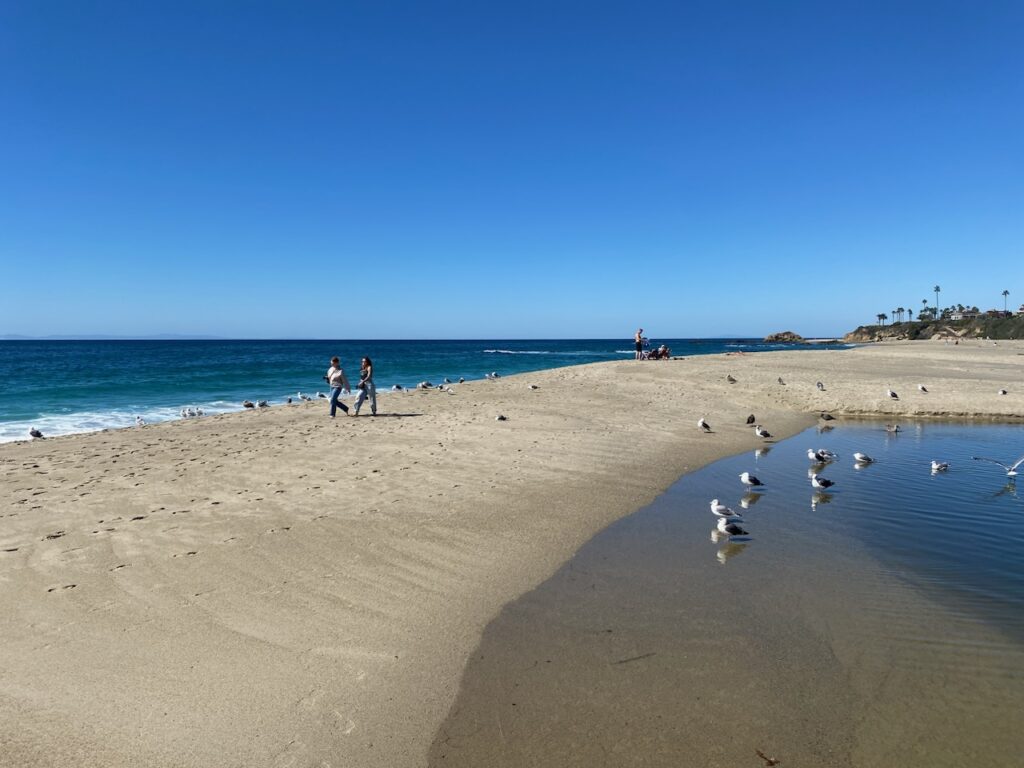
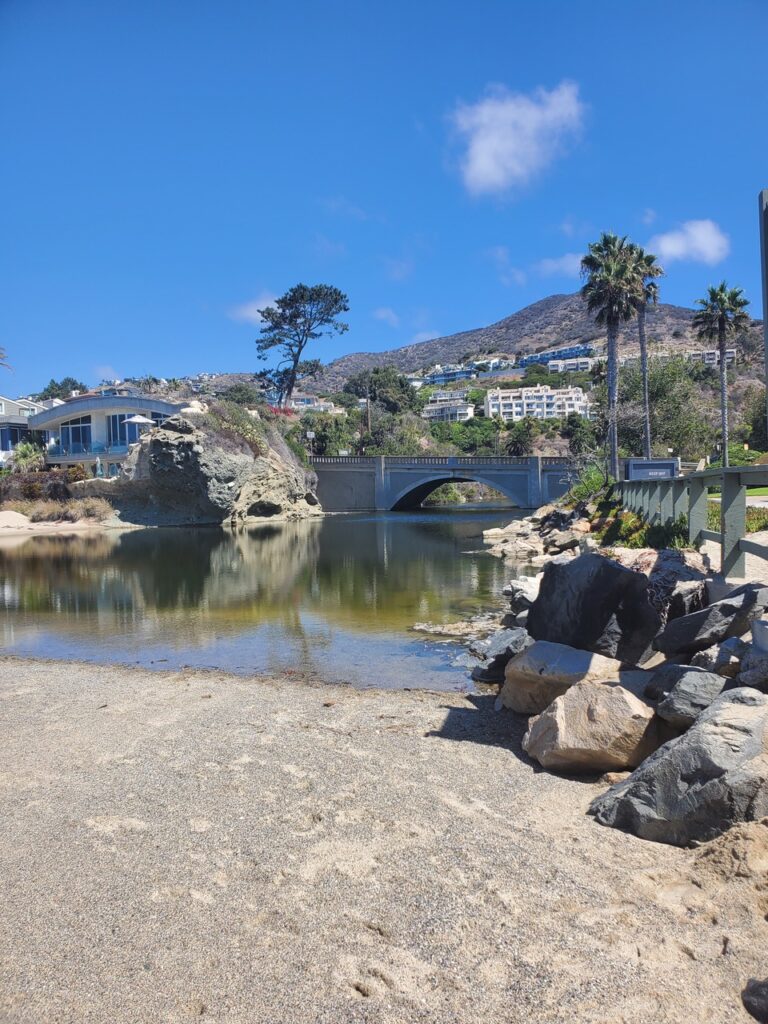
All Photos taken by Sabrina Medina



